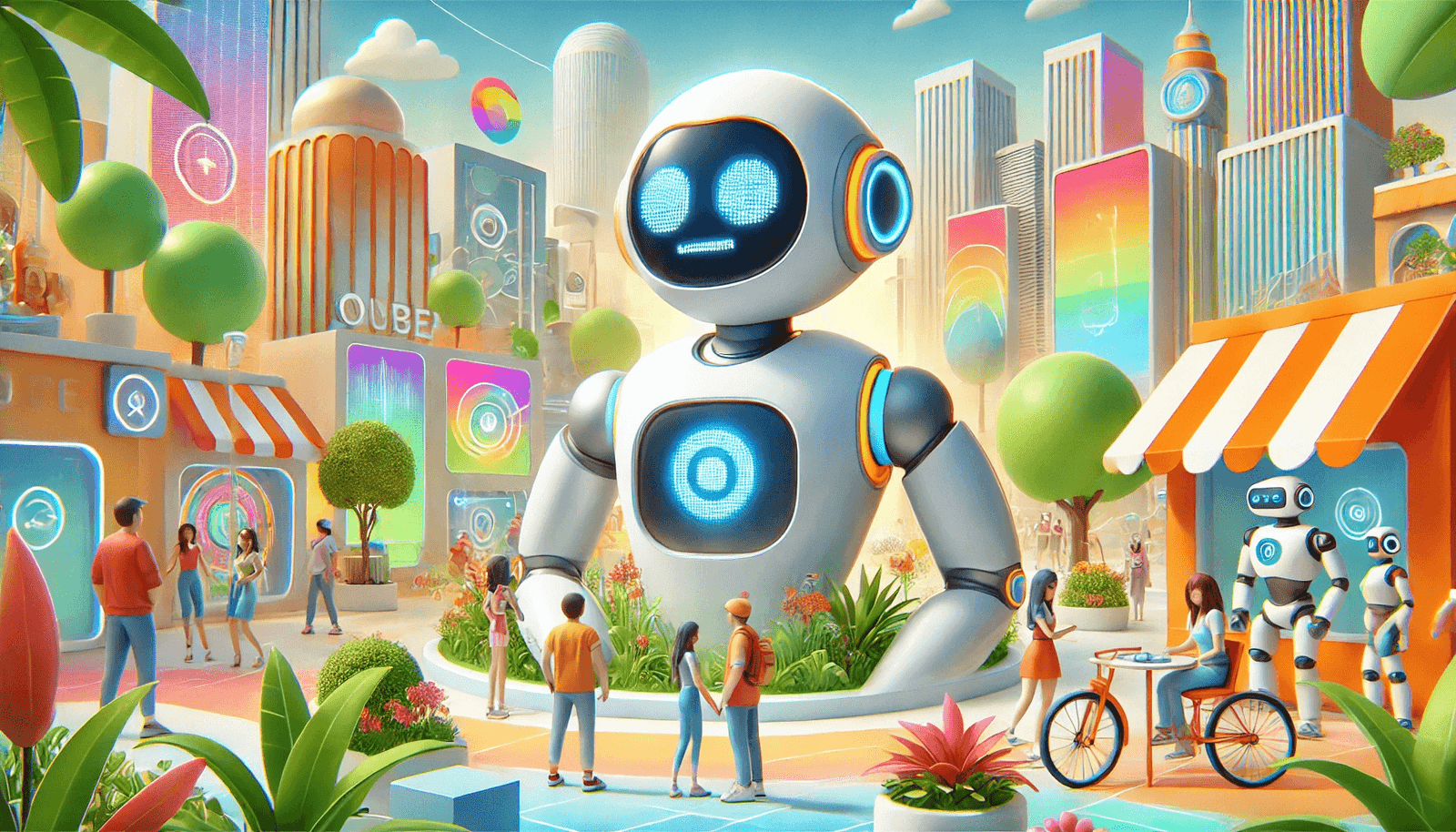I believe in full transparency with my audience and with search engines. That’s why I want to share why and how artificial intelligence (AI) assists in the creation of the content you read on this website.
Why I Use AI to Help Write Articles.
AI technology, specifically large language models like ChatGPT by OpenAI, helps me generate, structure, and improve content efficiently. I use AI for several key reasons:
- Idea Generation: AI helps brainstorm article topics, subheadings, and outlines based on current trends, popular questions, and niche interest areas.
- Outlines: AI assists in generating article outlines that are logically structured, and factually aligned (based on its training data and models). Outlines are blueprints or structured plans that organize ideas, topics, and details into a logical order, helping me to write articles while structuring my thoughts and ensuring a cohesive flow in my writing.
- Clarity and Style Enhancement: I use AI to refine the tone, flow, and readability of the articles that I write, especially for ensuring that the content is user friendly and informative.
- Time Efficiency: With AI, I can produce more content in less time, without compromising quality. This allows me to focus on strategy, creativity, and providing value to my readers.
How I Use ChatGPT (OpenAI) in My Workflow.
Here is a step-by-step overview of how I integrate AI into my article-writing process:
Initial Prompting: I write detailed prompts and instructions for ChatGPT to generate outlines on specific topics, often including keywords, target audience profiles and formatting requirements. Here is an example of an outline request to ChatGPT in which case I know already the subject to write about:
Hello ChatGPT, I would like to create a well researched, SEO optimized article of approximately 2,000 words. Please assist me by generating a detailed outline and providing additional elements to support the writing process. Here are the specifics of my request:
Topic:
(the topic).
Objective:
The article should inform and engage readers about (the topic), providing valuable insights and practical information. It should be suitable for publication on a professional blog or website. My website is (URL here).
Target Audience Profile:
Demographics: (e.g., age range, gender, location).
Profession / Industry: (e.g., educators, healthcare professionals, tech enthusiasts).
Knowledge Level: (e.g., beginners, intermediate, experts).
Interests/Pain Points: (e.g., seeking solutions, staying updated, learning new skills).
Outline Requirements:
Use H2 and H3 headings to structure the content.
Provide a brief summary sentence under each heading.
Ensure a logical flow from introduction to conclusion.
Include suggestions for statistics, case studies, or examples where applicable.
Recommend visuals or infographics to enhance understanding.
SEO Optimization:
Generate a list of relevant keywords or key phrases.
Suggest optimal placement of keywords within the article.
Provide a meta description under 160 characters.
Tone and Style:
(e.g., professional, conversational, authoritative).
Avoid jargon unless necessary, and explain terms clearly.
Sources:
Recommend some credible sources (with URLs) for reference. Include a mix of academic, industry, and governmental sources if possible.
Additional Suggestions:
Ideas for internal linking to related content on my blog (URL here).
Suggestions for external links to authoritative sites.
Variations of the headline for use on social media platforms
The next steps.
- I review and refine the AI-generated outline from which you just saw an example above.
- After that I create a full article that is based on the provided outline. I correct any inaccuracies in the post and ensure that the article reflects accurate, current, and relevant information. I apply my personal voice, insights, and unique examples to enhance the article’s authenticity. Further I try to optimize more for SEO, user engagement, and readability.
- I always submit the completed article to the AI tool to correct spelling and grammar mistakes. I also sometimes submit the completed article to the AI tool to ask follow up questions or request reworded sections to better suit the article’s purpose or voice.
- I always review and fact check the final output before publishing.
My Ethical Commitments.
- Truthfulness: While AI helps generate outlines and more, I ensure all facts are verified through reputable sources.
- No Plagiarism: All content is original and run through plagiarism checks.
- Human Judgment First: AI is a tool, not a replacement for human judgment, ethics, or editorial standards.
For my Readers.
Most of the content on this site has been enhanced with the help of AI tools like ChatGPT by OpenAI. I use AI to assist in writing, but I always write articles myself after reviewing, editing, fact checking, and refining the outline and other available information to ensure it is useful, accurate, and trustworthy. The final product is a blend of AI efficiency and human creativity with a strong focus on the latter.
Frequently Asked Questions About AI Content on This Website.
Do you write your articles entirely with AI?
No. I use AI tools (like ChatGPT by OpenAI) to assist in the research, outlining, and editing phases. Every article is written, reviewed, fact checked, and edited by me before publishing.
Can I trust the accuracy of AI written content?
AI can sometimes generate outdated or incorrect information. That’s why I personally verify facts, update data, and ensure the content is accurate and reliable before it goes live.
Why do you use AI to help write articles?
AI speeds up the content creation process, helps generate ideas, and improves the structure. This allows me to create more content while maintaining quality. It also corrects spelling and grammar mistakes.
How is AI content different from human written content?
AI helps with efficiency and structure, but my own human insight, experience, personal opinion, creativity, tone, ethics, and context remain irreplaceable. Every article on this site is a collaboration between AI assistance and human creativity with a focus on the latter.
